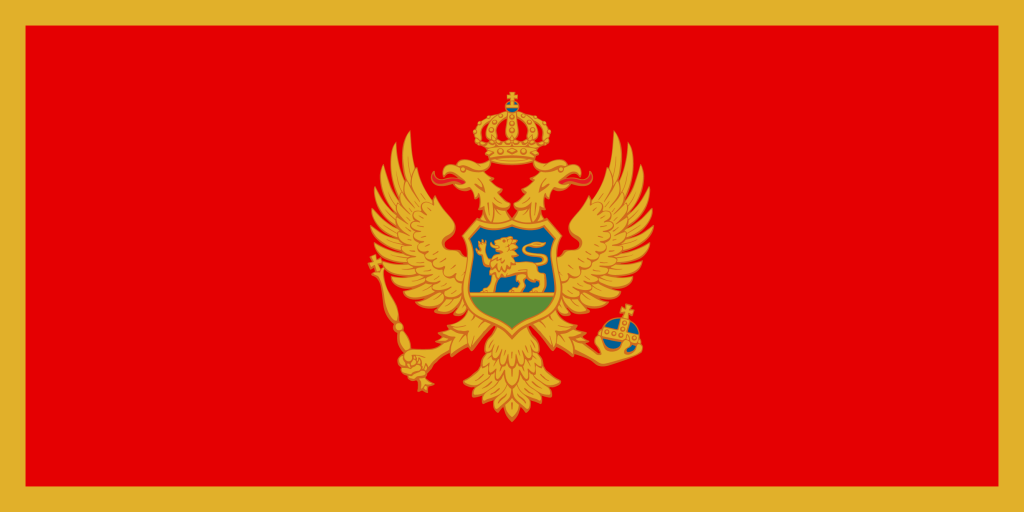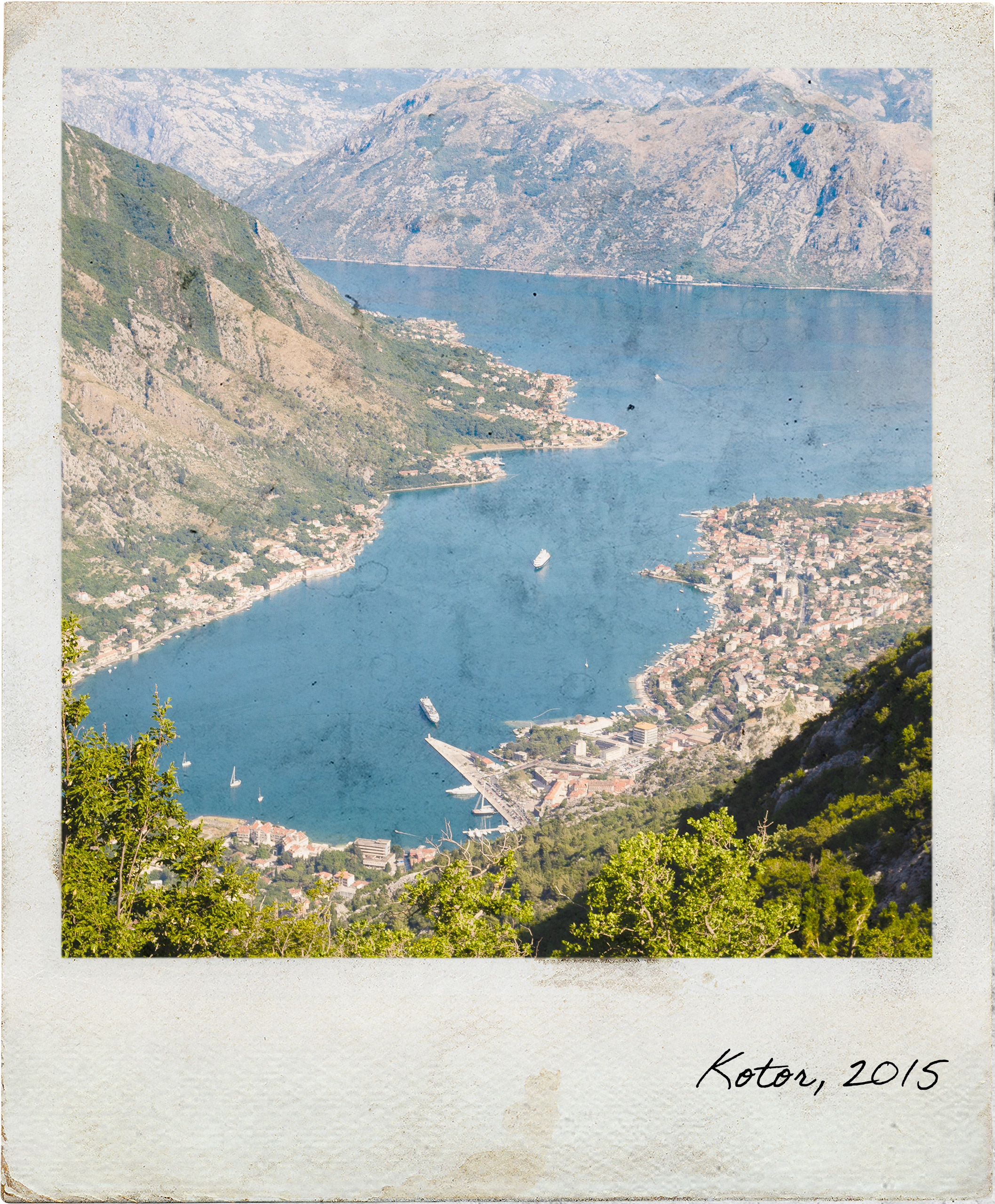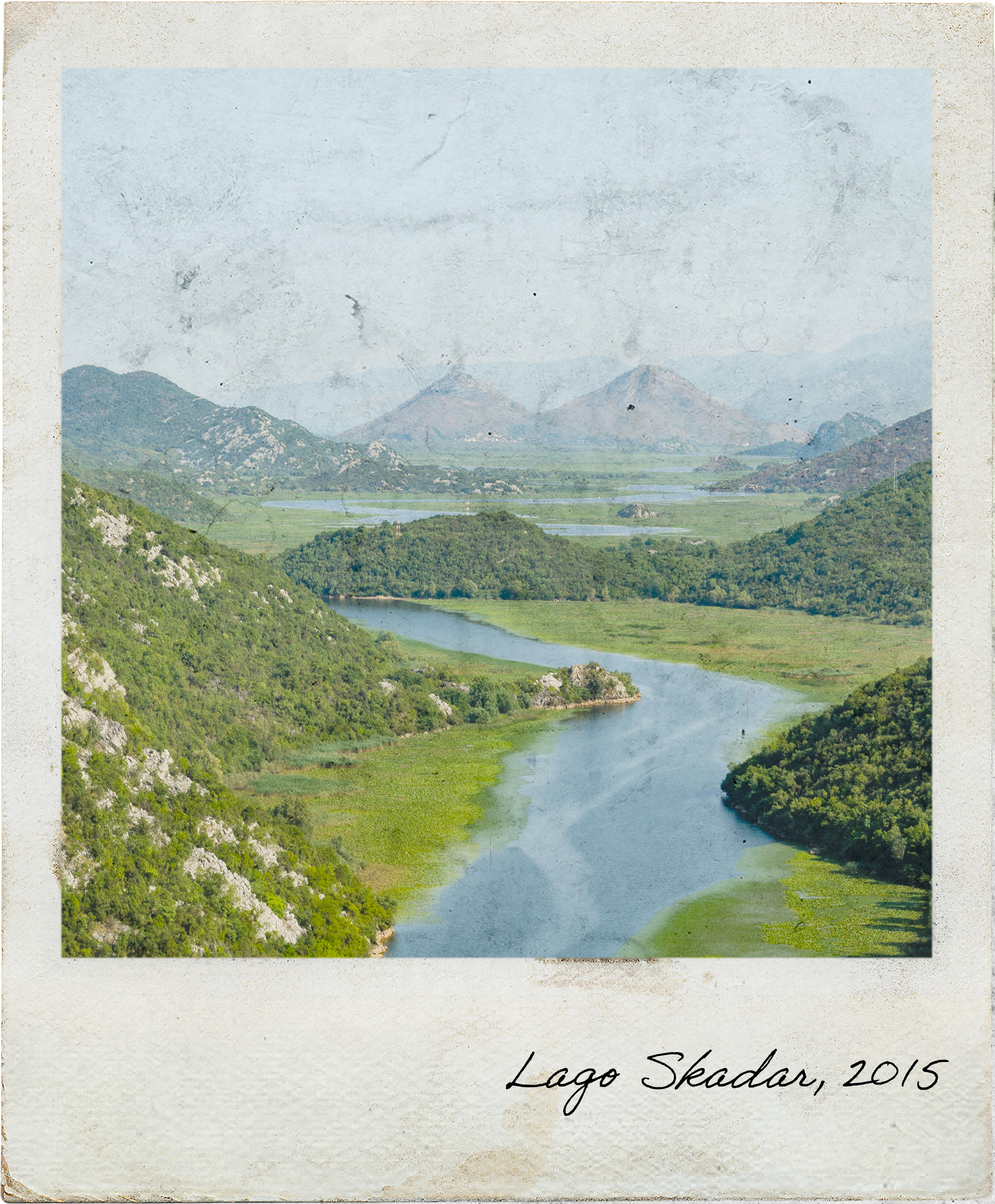One of the newest countries in Europe, and also one of the smallest. Montenegro is located in the Balkan Peninsula, touched by the Adriatic Sea. Even though it is a young country, since it’s recent independence, it is a country with a lot of history and some interesting facts.
I visited this country in 2015, without any expectations, which lead to be very pleasant surprise. It isn’t too touristic yet, extremely nice people, and without a doubt, a gorgeous country!

Capital: Podgorica
Oficial language: Montenegrin
Currency: Euro [ € ]
Time zone: UTC+1 / UTC+2 (1 hour ahead of Portugal)
Total area: 13 810 km2
Population: 678 901
Driving: to the right
Climate: despite the size of this country, it has two types of climates: a Mediterranean climate in the coastal areas, with rain between September and April; a continental climate in the inner side of the country, with cold winters (also due to the altitude). Rain isn’t that frequent, though when it rains, it pours!
A bit about Montenegro’s history
Starting by the origins, during the IX century there were 3 slavic principalities in the territory that is now Montenegro. One of those 3 principalities conquered independence from the Byzantium Empire, which after a few expansions to other regions (like part of Bosnia), it achieved the designation of kingdom.
Around the XIII century this region became known by Zeta, and two centuries later it was already commonly known as Crna Gora (in Venetian it was named as monte negro).
The kingdom ended up collapsing during the XII century, and it was incorporated into the Serbian Empire. Which ended up also collapsing around the XIV century, which lead to the another small independence of the Zeta region. This region ended up being the last monarchy of this Balkan region.
The Ottoman Period
The Montenegro region was controlled by war clans, and the majority of those clans had a chief, though this person could only take the chief title (knez) if they proved to be a leader as their antecessor. Every year they got together for a general council of all clans in Cetinje, the former capital of Montenegro, where every adult men could take part of.
During this period a big part of Montenegro territory was under the Ottoman Empire domain, with a certain level of autonomy and freedom for these clans.

And some parts of the territory were under the domain of the Venetian Republic, and later the First French Empire and the Austro-Hungarian Empire.
At the beginning of the XVI century Montenegro became a theocracy with a dynasty of prince-bishops, Petrović-Njegoš of Cetinje. Still with some influence of the Venetian Republic, which had governors in the territory. Until, already during the Austro-Hungarian Empire, the Prince-bishop Petar II abolished the governors.
This prince-bishop is seen as one of the most important leaders of Montenegro. His mausoleum is one of the most important sites of cult and tourism in the country.
The era of the Principality and the Kingdom of Montenegro
During the second half of the XIX century Montenegro was recognized as an independent country, after several wars between Montenegro and the Turkish. Peace was kept for 30 years, with a few diplomatic agreements with the Ottoman Empire.
In 1910 Montenegro became a kingdom, and due to the Balkan War, a few years later established a border with Serbia. However, the current capital, Podgorica, was in the former border between Yugoslavia and Albania.
Yugoslavia and the independence of Montenegro
In 1922 Montenegro became known as the Oblast of Cetinje, as part of the Kingdom of Yugoslavia.
With the Second World War, Montenegro passed through several changes. First as Kingdom of Montenegro under the domain of Italy, then under the domain of the Nazi Germany, until the Socialist Federal Republic of Yugoslavia was created.
Podgorica became the capital of Montenegro, with it’s name changed to Titogrado as an homage to the president Tito.

After the war, and with the fall of the Yugoslavian Republic in 1992, joint with Serbia, the result was the Federal Republic of Yugoslavia. Via referendum in 1992, boycotted by some independentist groups, muslims and Albanians, it was decided by the union of Serbia and Montenegro. This referendum had no neutral observation, which raised a lot of questions in regards of the veracity of the results.
During this period of “union”, Montenegro established their own economic policy and adopted the Deutsche Mark. Nowadays they use the Euro, however they are not part of the European Economic Area.
During the excursion I did through Montenegro, our guide explained to us how this system worked. People received their wages in Dinars, and they would have to go to the bank, almost immediately, to exchange it. The dinar was (or it is still) really unstable. Just by one day people could lose a lot of money. Therefore, once they received their wages they would have to exchange it by Deutsche Marks.
As a joke he told us that they were all millionaire, that’s how bad the dinar’s value was. Their wages could reach the millions of dinar, which in fact were quite low salaries. Nowadays they don’t have this need of exchanging the money right away, because Montenegro is completely independent from Serbia.
In 2003 the Federal Republic of Yugoslavia, the “union” between Serbia and Montenegro, changed its official name to Serbia and Montenegro.
In 2006, after another referendum, this time observed by the European Union, the independence was approved by a really small margin. Only 55% of those who voted decided for the independence, which was recognized both by the European Union and Serbia. Which means, this is one of the “newest” countries in Europe!
Some curiosities about Montenegro
- The town of Crkvice is the place in Europe with more rainfall per year
- Biogradska Gora is a National Park and a forest, being one of the few rainforests in Europe
- Considering how important the recent history of clans in Montenegro and how important those clans had in the history of the country, most families know their clan origins
- Montenegro is one of the founding countries of the Red Cross
- More than 60% of the country has peaks over 1000 meters
- The Njegos Mausoleum is the mausoleum at highest altitude in the whole world, at 1657 meters
- The second deepest canyon in the world, and the deepest in Europe is in Montenegro, the Tara Canyon (however I believe they only mean canyons with rivers, I found a lot of contradictory information regarding this fact)
- The Lake Skadar, in the border with Albania, has it’s surface at the level of 6 meters below sea level, which means it is a karst lakes. The biggest in Europe
- The Lake Skadar is also one of the biggest bird reserves in Europe
- Even though it is a really mountainous country, Montenegro has 117 beaches, while its coast is only of 294 km
- Stara Maslina is the name of one of the oldest olive trees in the world, with more than 2000 years and a volume of more than 10 meters. It is located in a town called Bar
- Also in Bar, there are more than 10 000 (ten thousand, yes!) olive trees older than 1000 years!
- The Bay of Kotor is known as the south-most fjord and deepest in Europe. However in reality it is a sunk river canyon
- 10% of the whole country are National Parks! A total of 5
- In 1992 Montenegro self-declared as an ecological state, being the first country to be designated as such
- In ex aequo with the Netherlands, Montenegro has the tallest population (in average) in Europe, and one of the tallest in the world. With an average of 1,832 m
When is the best time to visit Montenegro?
Even though it is a really small country, it has really distinct climates. Mediterranean by the coast, and more continental in the inner side of the country. This also due to the intense mountainous landscape.
Due to this separation of climates in such a small country, the suggestions to visit this place are also somehow very different. But in general, the recommended time to visit the country is between April and September. During this time the climate is nice all over the country, which is perfect to travel. However, this is also the most popular season. Between July and August you might face big crowds of tourists…

Regarding winter time, in the coast the climate is temperate, and you can even get some really nice days. With temperatures averaging the 10ºC. However, in the interior the temperatures can reach as low as -20ºC. It is really cold and a huge change of temperatures between the coast and the interior. But if the cold doesn’t bother you, then winter is the perfect time to visit the country! Very few tourists, and you’ll encounter really unique landscapes, totally different from summer times.
Basically, any time is a good time to visit the country, considering all the factors. If you don’t like the cold, then avoid it during winter. If you are one of those who hates crowds of tourists, then avoid the months of July and August. But generally, it is a country with an unique charm regardless of the time of the year.



Leave a Reply